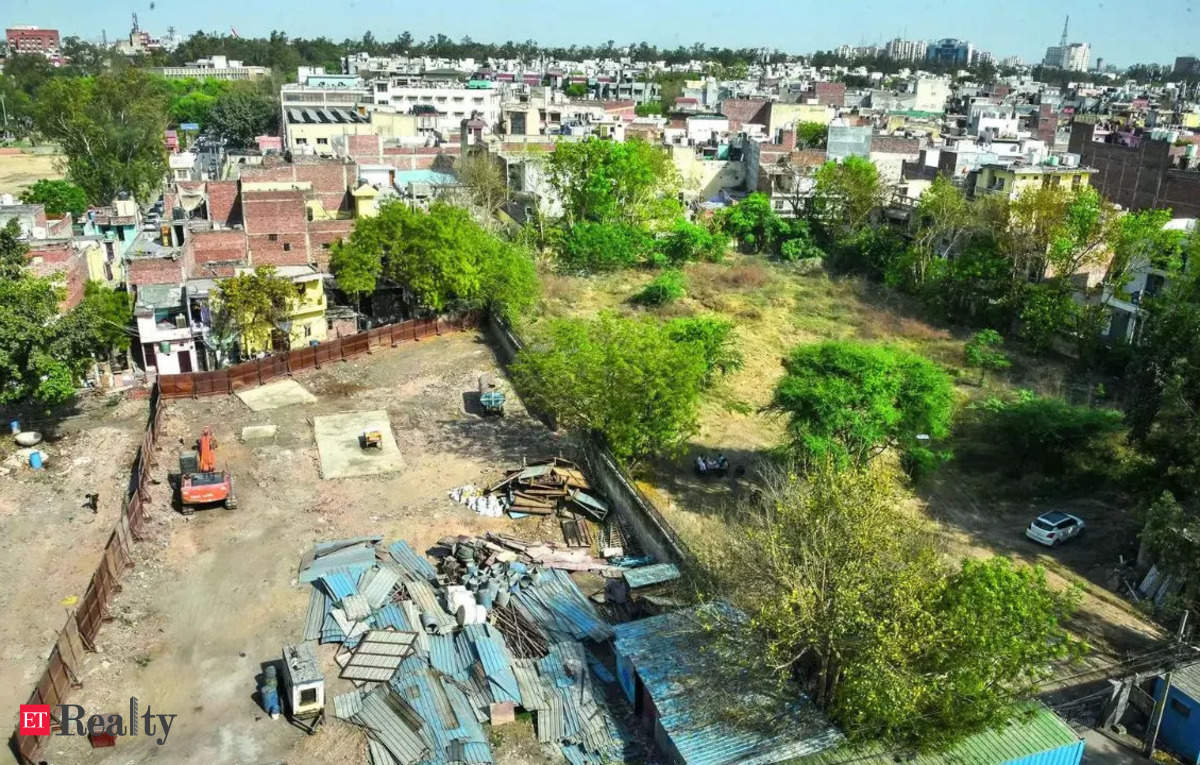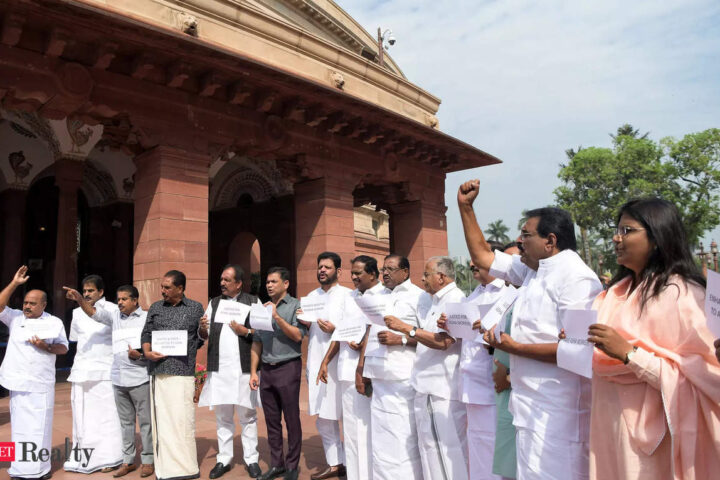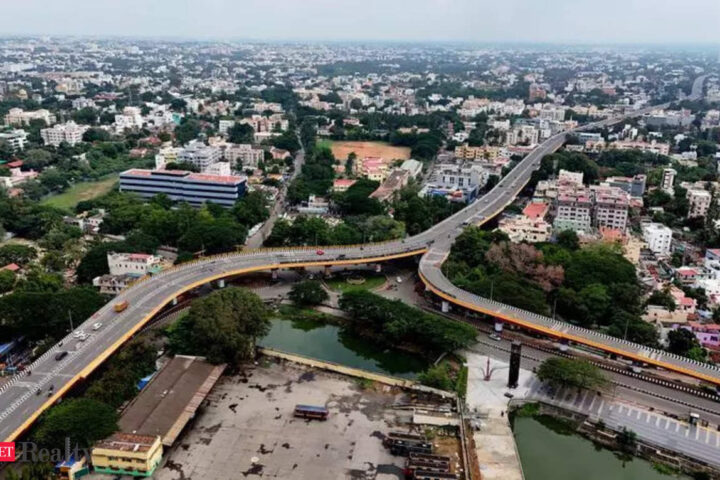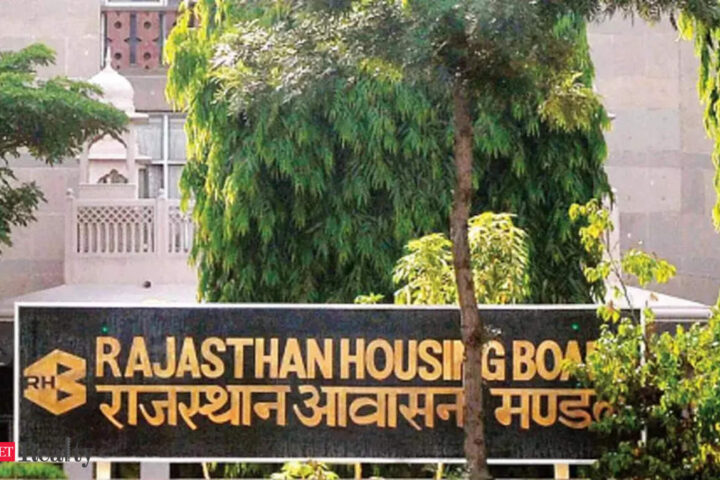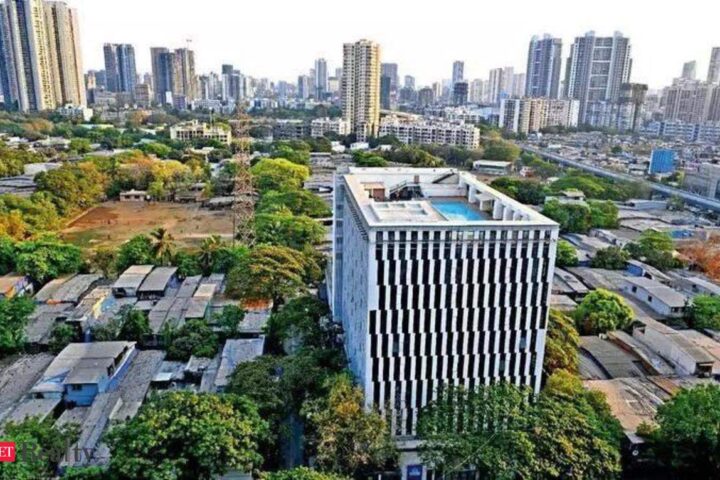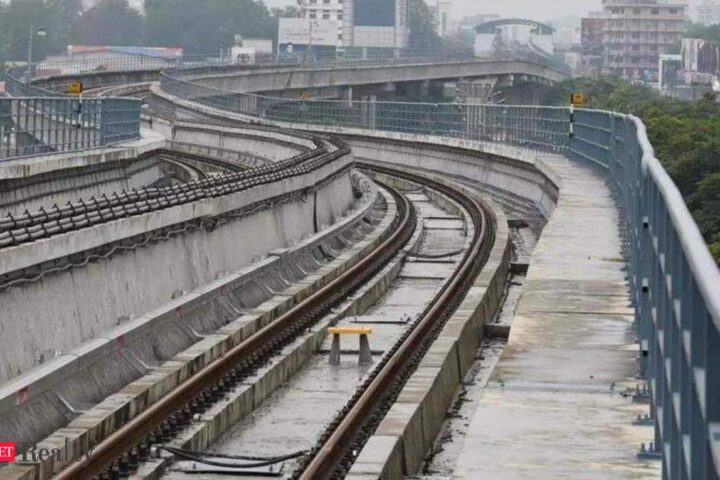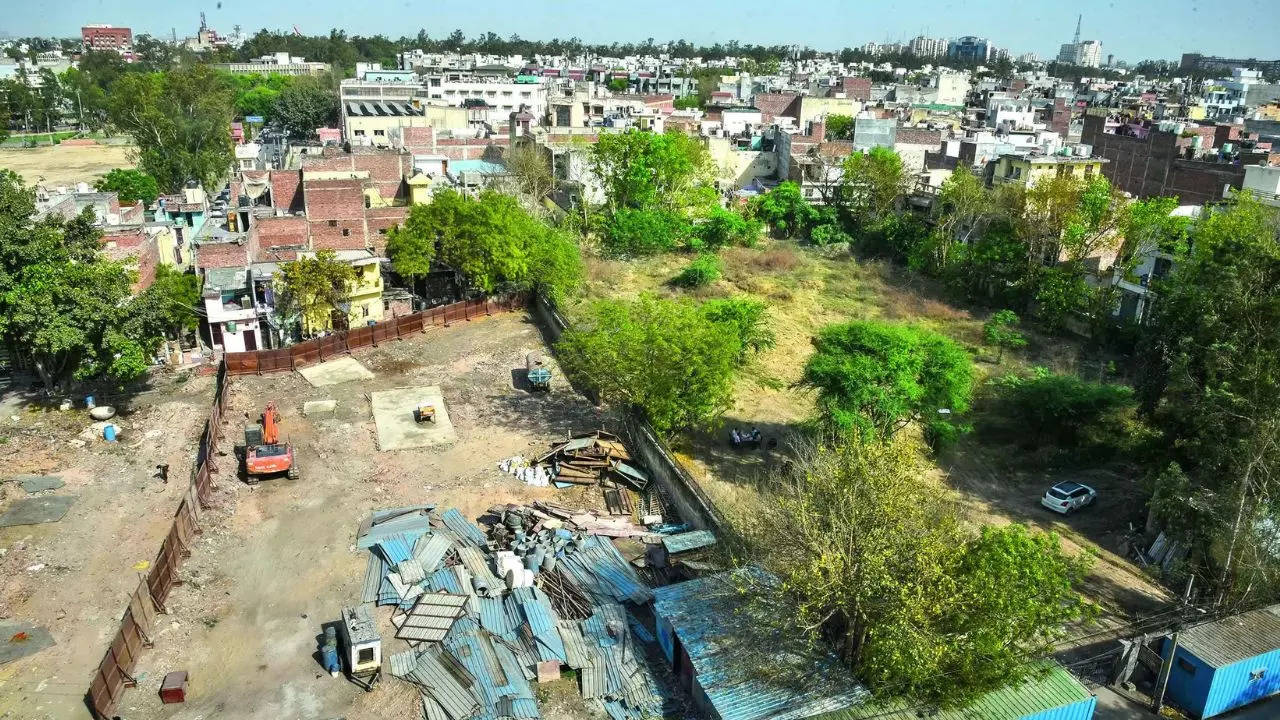
NEW DELHI: Living in a small, dilapidated, ancestral house in the urbanised village of Zamrudpur in south Delhi, Rajeev Kumar (name changed) decided to add a floor in 2019. Since the plot measured just 30 square yards and his property was inside the Lal Dora, Kumar did not bother to get the building plan sanctioned. Days later, the Municipal Corporation of Delhi issued him a demolition notice and his close relative had to file a civil suit in court.
Kumar’s argument that there were no building byelaws applicable to Delhi’s urbanised villages fell on deaf ears. He has been going to the court regularly while braving the frequent MCD notices.
Lal Dora was used in the past to demarcate the jurisdiction of a village on land where the population resided. When the population increased and villagers got a plot for a house against their scattered agricultural land holdings under the ‘chakbandi’ scheme, the concept of extended Lal Dora was introduced.
As a result, thousands of people living in the city’s villages, both rural and urban, do not have clear ownership rights to their properties since the abadi area (the part of a village with residential structures when the rest is farmland) was earlier considered as one khasra, or a plot of land. To add to their woes, despite the division of land among the members of extended families, the names of the next generation were never entered in the revenue records.
Today, therefore, kin are fighting each other in court for ownership of properties even as it is difficult to renovate or rebuild houses in Lal Dora areas, with banks also providing no loans against these properties.
Though various states have brought in land reforms to establish a clear land title for villagers, Delhi has not benefited in this regard so far. Even the central govt’s Svamitva (Survey of Villages and Mapping with Improvised Technology in Village Areas) scheme, launched in 2020 with the objective of mapping the land parcels in rural inhabited areas using drones, hasn’t become operational yet in the city.
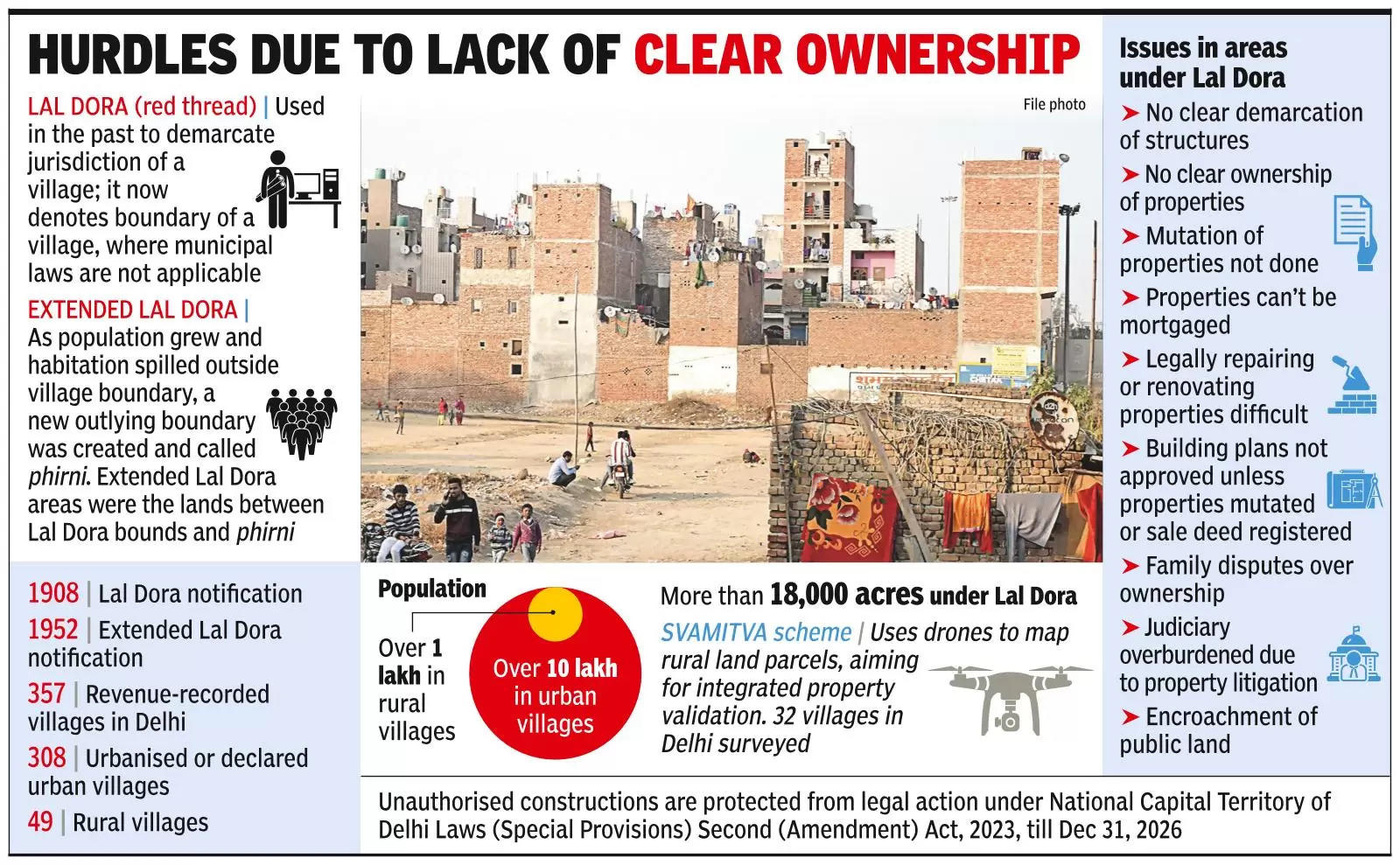
Though the scheme is restricted to rural villages, Haryana has claimed to have achieved the status of ‘Lal Dora mukt’ in rural and urban areas by implementing Svamitva scheme. Paras Tyagi of the Centre for Youth, Culture, Law, and Environment (CYCLE), an organisation working for public policy reforms with a special focus on villages, wondered why Delhi couldn’t do away with the Lal Dora system if Haryana did. Tyagi said Delhi’s villages could have easily benefited under Svamitva had it been rolled out in the city.No reaction was available from Delhi govt on this matter.
It was only on Delhi’s insistence that the Union panchayati raj ministry extended Svamitva to the capital despite it having no rural local bodies. In the 49 rural villages, drone survey was completed in 32 in 2022, according to officials. “After that, the draft map was submitted to Delhi govt, but the ground verification hasn’t been conducted. Delhi govt has been reminded about this through letters and phone calls,” claimed an official connected with the scheme.
Tyagi said people should get ownership documents or some alternative that could help them for administrative purposes when rebuilding the house, repairing it or taking a loan on land. “MCD wrote to the revenue department in 2012 to consider some kind of documentation for people living in Lal Dora areas. Even the Master Plan of Delhi 2021 talks about ‘abadi/extended abadi certificate’ to be issued to people,” he said. “But it was only recently that the revenue department uploaded the facility on its website. It would have saved people a lot of hardship if it had been done earlier.”
Deepika Jha of the Indian Institute for Human Settlements, who has studied land administration systems in Delhi, noted that the properties inside the Lal Dora periphery were probably the worst mapped. “It is difficult, therefore, to prove ownership of these properties. Since these areas are exempted from property tax, even MCD doesn’t have proper records,” said Jha.
Former DDA official Prem Parkash Shokeen, resident of Mangolpur Kalan village, said the absence of land records was the cause of most problems faced by the rural and urban villagers in Lal Dora areas.


